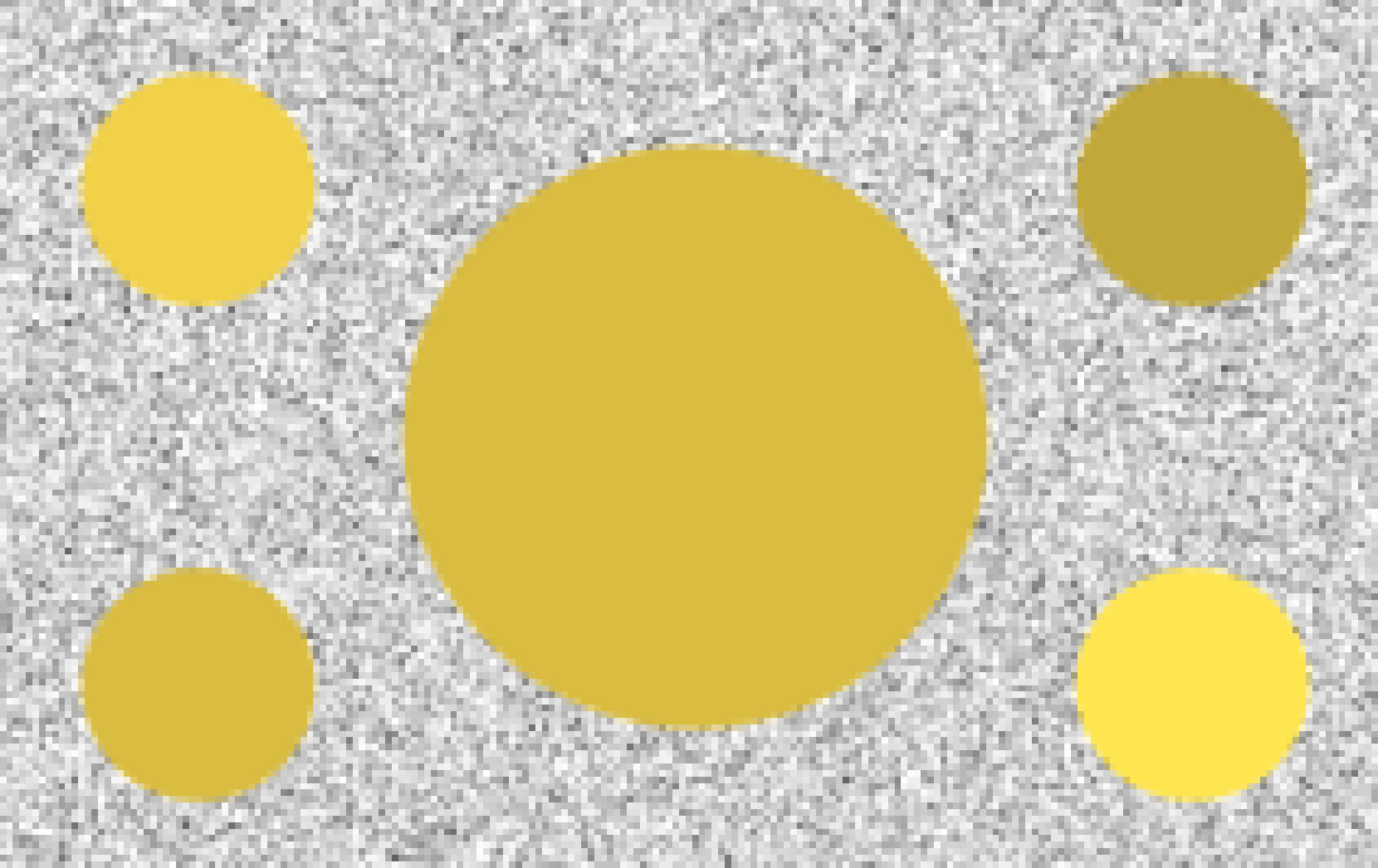
Predicting the perceived brightness and lightness of image elements using color appearance models is important for the design and evaluation of HDR displays. This paper presents a series of experiments to examine perceived brightness/lightness for displayed stimuli of differing sizes. The number of observers in the first pilot experiment was 7, in the second and third pilot experiments was 6, and in the main experiment was 14. The target and test stimuli in the main experiment were 10∘ and 1∘ field of view, respectively. The results indicate a small, but consistent, effect that brightness increases with stimulus size. The effect is dependent on the stimulus lightness level but not on the hue or saturation of the stimuli. A preliminary model is also introduced to enhance models such as CIECAM16 with the capability of predicting brightness and lightness as a function of stimulus size. The proposed model yields good performance in terms of perceived brightness/lightness prediction.

Critical Flicker-Fusion Frequency (CFF) refer to the frequency at which people see a steady, single intensity of light when when given alternating bright and dark light. While most displays have been developed with a refresh rate of 60Hz, revealed as the frequency above CFF, the state-of-the-art displays with the technology called VRR(Variable Refresh Rate) are emerging, which supporting the various frequency from the lower frequency to the higher frequency than CFF. In addition, dispays have became bigger and brighter. Since it was revealed that brightness and size affect flicker perception, it is needed to inverstigate how these two factors affect flicker perception on displays with the lower refresh rate than CFF. Simulating the images with 30Hz, we observed the effect of brightness and size on display flicker perception. Additionally, we compared the result with various indices, representing the amount of flickering. As the result, participants perceived flicker stronger as luminance of stimuli increased and as the size of stimuli increased. However, none of flicker indices reflected these tendencies such as JEITA, Flicker Visibility, and Flicker Modulation Amplude. Since displayes makers generally use the flicker indices for representing the amount of flicker, there indices needs to be supplemented to include the effects of brightness and size.